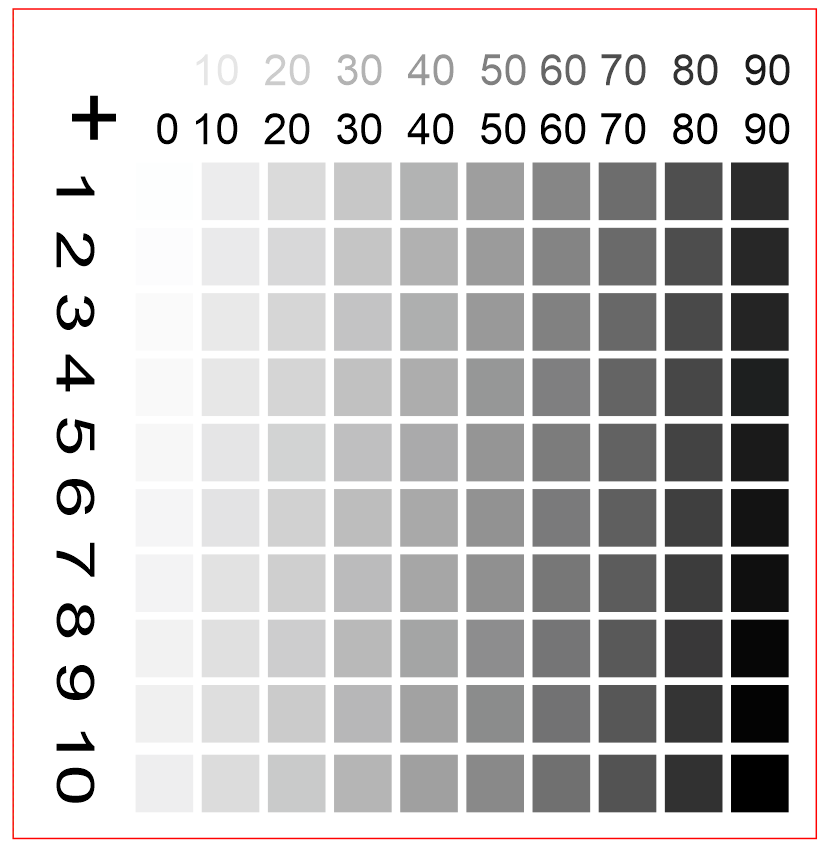
Specific hazards for the high output CO 2 laser arise from the reflexions from target areas and from surgical instruments. The safety programme for investigative laser surgery has been reported before by our laboratory 1. One disadvantage was, of course, the output of an invisible beam far out in the infrared at 10,600 nm and the consequent expensive infrared optics required. The CO 2 laser could be coupled with beam guides used as manipulators, was flexible, had a high efficiency and provided the continuous wave (CW) power needed for an “optical knife”. This laser was relatively inexpensive by comparison with ion lasers, the only other high output continuous wave (CW) lasers with surgical potential. Laser carbon dioxide resurfacing.FOUR years ago, investigations on carbon dioxide laser surgery were initiated in our laboratory. Ablative fractional CO2 laser for facial atrophic acne scars. Botulinum toxin (Botox) A for reducing the appearance of facial wrinkles: A literature review of clinical use and pharmacological aspect.
#CO2 LASER PARAMETERS SKIN#
Nonablative fractional laser resurfacing in skin of color: Evidence-based review.

You can learn more about how we ensure our content is accurate and current by reading our editorial policy. We link primary sources - including studies, scientific references, and statistics - within each article and also list them in the resources section at the bottom of our articles. Medical News Today has strict sourcing guidelines and draws only from peer-reviewed studies, academic research institutions, and medical journals and associations. Learn more about the best retinol creams to purchase online. However, a person should be careful when using retinol at higher strengths, as these can cause undesirable effects, such as pigmentation, redness, and a burning sensation. A person can apply retinol to their skin topically.Īccording to the American Academy of Dermatology Association, retinol can help prevent premature skin aging if a person uses it daily. It is available in various forms, including gels, creams, or liquid serums. It is effective in treating skin conditions such as:Ĭhemical peels are chemical solutions, such as acids, that improve the texture and tone of the skin by removing the damaged outer layers of the skin.Īccording to the American Society of Plastic Surgeons, chemical peels may improve: The effect lasts for 3–6 months.Ī cosmetic surgeon or doctor will normally inject Botox into areas of the face. This treatment paralyzes local muscles by stopping the release of the chemical acetylcholine. The bacterium Clostridium botulinum produces this protein.

Healthcare professionals, such as dermatologists, will apply the abrasive material to the skin at varying speeds or pressure to penetrate the skin and stimulate new skin cell growth.ĭermabrasion may be suitable for improving the appearance of:īotox, or botulinum toxin, is a type of neurotoxin protein. Pneumatic or electric motors power the handheld devices that hold the abrasive material and rotate at varying speeds. It involves the use of abrasive materials, such as diamond fraises or wired brushes. Dermabrasionĭermabrasion is a skin resurfacing technique. Several alternative treatments may have quicker recovery times than ablative CO2 laser resurfacing. Fractional lasers may lead to better results for individuals with these skin types and the following conditions: However, research suggests that non-ablative fractional lasers are more favorable for people with Fitzpatrick type 4–6 skin. Additionally, nonablative CO 2 lasers may be more suited to people with darker skin tones. In turn, this makes it less likely that a person will experience hyperpigmentation or hypopigmentation after the procedure. The effectiveness of CO 2 lasers on Fitzpatrick type 1 or 2 skin is due to a lower amount of melanocytes in paler skin. The Fitzpatrick system classifies the skin’s reaction to sunlight. Generally, CO 2 lasers provide the best results on people with Fitzpatrick type 1 or 2 skin. This form of laser treatment also has a faster recovery time. This creates columns of ablation through the skin while leaving the surrounding skin undamaged.įractional CO 2 lasers minimize the risk of adverse effects due to the targeted nature of the laserbeam columns.

However, because of this, ablative treatment may produce more dramatic effects and visible skin improvements.įractional CO 2 laser treatment involves the application of a large number of microbeams. This treatment is more aggressive than nonablative lasers.

Ablative CO 2 lasers involve vaporizing the skin tissue.


 0 kommentar(er)
0 kommentar(er)
